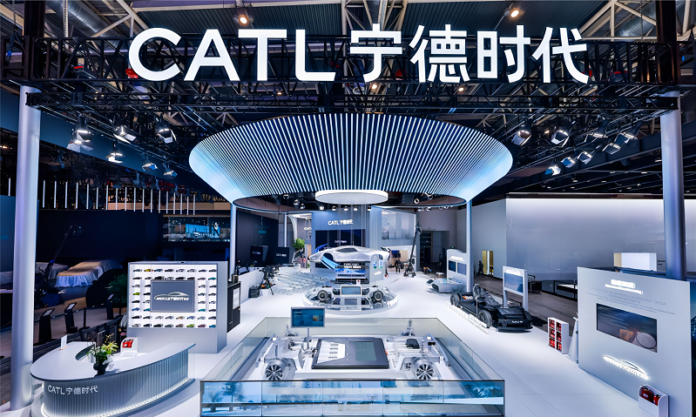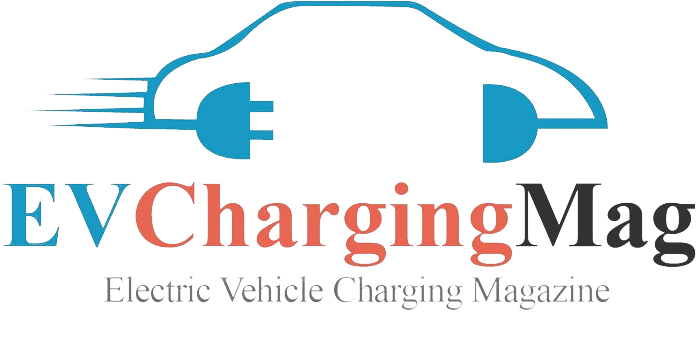SHANGHAI – Contemporary Amperex Technology Ltd. (CATL), the undisputed titan of the EV battery realm, responsible for powering over a third of the world’s electric vehicles, has once again flexed its innovation muscle. The Chinese battery behemoth has unveiled a trio of groundbreaking technologies poised to reshape the very architecture of EV propulsion, directly tackling the industry’s persistent challenges: cost-effectiveness, charging velocity, and uncompromising safety.
Sodium-Ion Batteries: Ushering in an Era of Affordable Energy
Could sodium be the new lithium? CATL is betting big with its Naxtra-branded sodium-ion batteries, now graduating from laboratory trials to imminent mass production slated for December 2025. These batteries boast a commendable driving range of 500 kilometers (310 miles) and, crucially, sidestep the reliance on expensive and geopolitically sensitive metals like cobalt and significant amounts of lithium.
The Strategic Advantages:
- Economic Viability: Sodium, abundant as common salt, offers a significantly cheaper raw material pathway.
- Enhanced Safety Profile: Sodium-ion chemistry exhibits a greater inherent resistance to thermal runaway, mitigating critical safety concerns.
- Cold-Weather Resilience: Initial applications target the demanding operational environment of commercial vehicles, where reliable cold-weather starting is paramount.
CATL CEO Robin Zeng has boldly projected that sodium-ion technology could potentially capture half of the market currently held by lithium iron phosphate (LFP) batteries, a dominant chemistry in the cost-sensitive EV segment. While acknowledging historical performance limitations of sodium-ion, CATL asserts that its advanced material science has yielded a compelling and commercially viable alternative.
Shenxing Gen 2: Redefining the Meaning of Fast Charging
Imagine replenishing 520 kilometers (323 miles) of driving range in a mere five minutes – a charging interval shorter than most coffee breaks. This is the promise of CATL’s next-generation lithium-ion Shenxing battery. Set to debut in 67 electric vehicle models from prominent Chinese manufacturers including Zeekr and Nio within the current year, the Shenxing Gen 2 boasts an impressive 800-kilometer total range. Its compatibility with Nio’s established battery-swapping infrastructure further underscores its potential to accelerate EV adoption and directly challenge rivals like BYD and Tesla in the increasingly critical domain of ultra-fast charging capabilities.
Dual-Battery System: A Layered Approach to Safety and Autonomy
As autonomous driving technologies mature, the imperative for uninterrupted power supply becomes paramount. CATL’s innovative response is a sophisticated dual-battery system. This architecture incorporates a graphite-free auxiliary battery pack designed to seamlessly take over critical functions in the event of a primary battery malfunction.
The Engineering Trade-offs:
- Elevated Energy Density: The graphite-free auxiliary battery achieves a 60% increase in energy storage density per unit volume, potentially enabling greater range or more compact battery packaging.
- Long-Term Cost Benefits: Eliminating graphite is projected to yield long-term reductions in manufacturing costs.
- Performance Considerations: The current trade-offs include slower charging speeds and a potentially reduced lifespan for the auxiliary battery, positioning it primarily for emergency backup rather than regular cycling.
While CATL has remained tight-lipped regarding specific timelines, the company has confirmed that an unnamed automaker is already actively integrating this safety-centric dual-battery system into its next-generation autonomous vehicle platforms.
Geopolitical Undercurrents
CATL strategically avoided direct commentary on the complexities of U.S. tariffs and its recent inclusion on a U.S. Department of Defense list alleging ties to the Chinese military. However, the sheer magnitude and potential impact of CATL’s technological advancements suggest that the global automotive industry may increasingly prioritize innovation and performance, potentially overshadowing geopolitical headwinds.
In conclusion, CATL’s latest battery breakthroughs – the cost-effective sodium-ion, the paradigm-shifting Shenxing Gen 2 for ultra-fast charging, and the safety-focused dual-battery system – collectively signal a dynamic and multifaceted approach to powering the electric future. Rather than a singular “silver bullet” solution, CATL appears to be forging a comprehensive “toolbox” of battery technologies, empowering automakers with a wider array of options to meet diverse market demands and accelerate the global transition to electric mobility.

